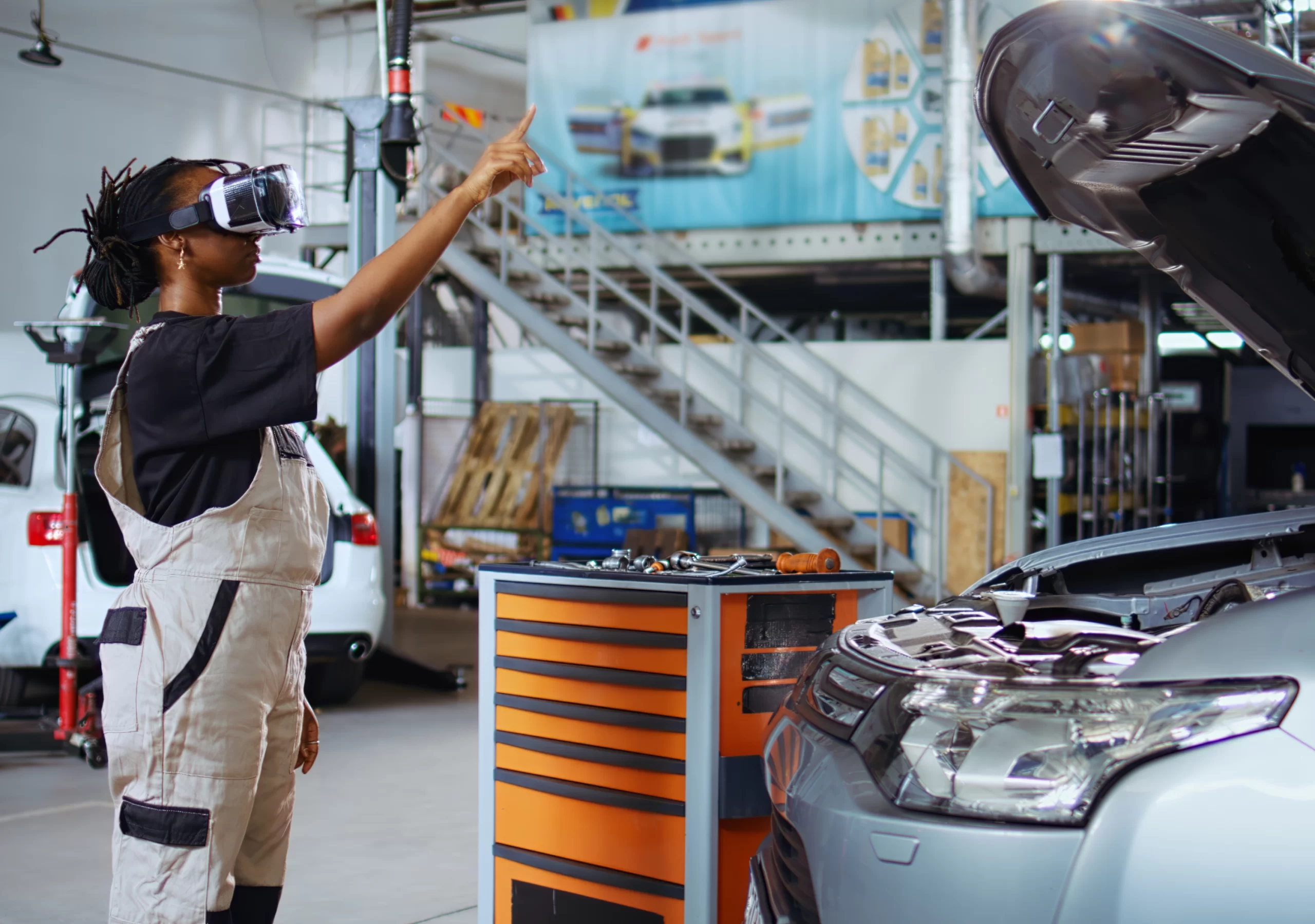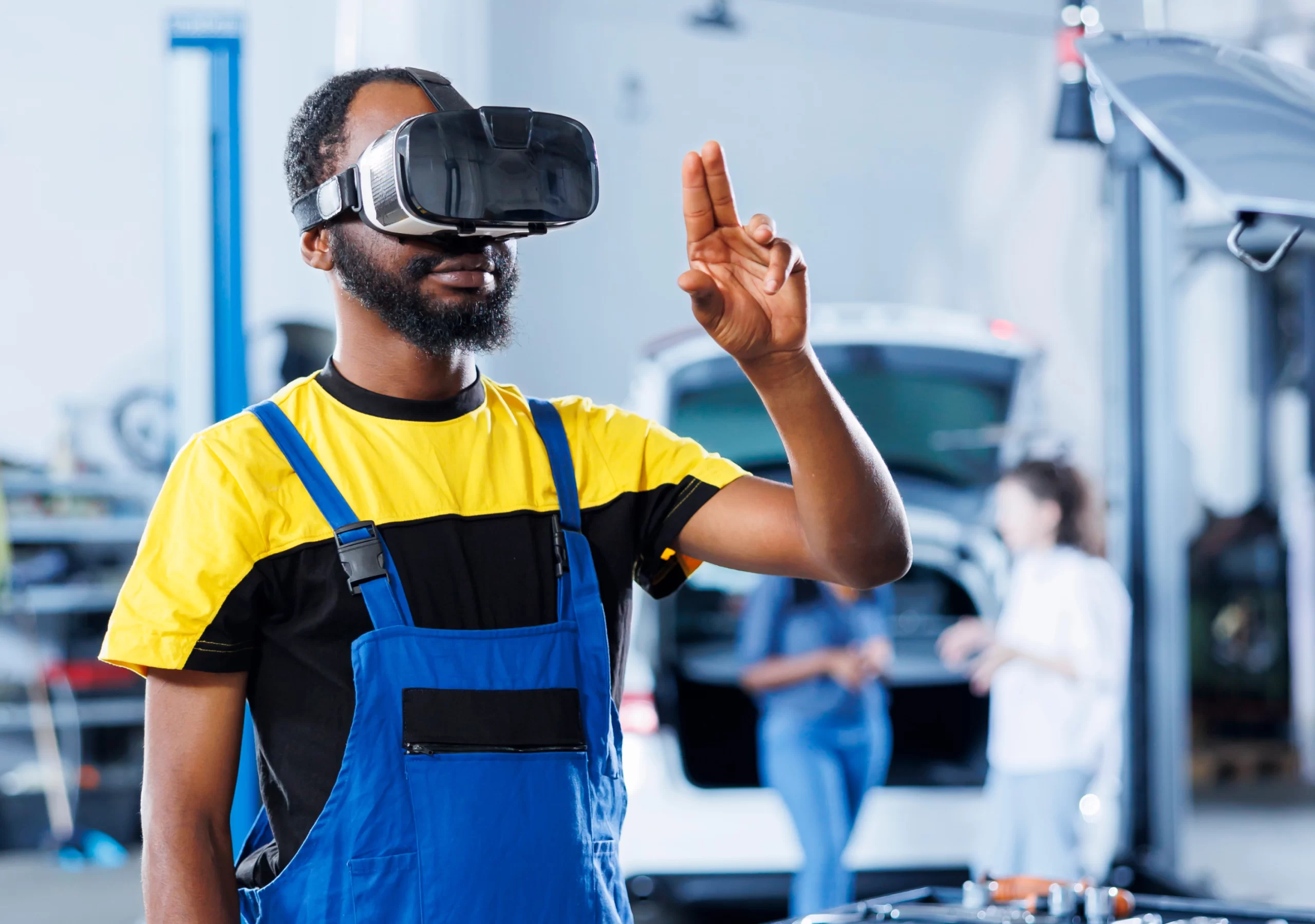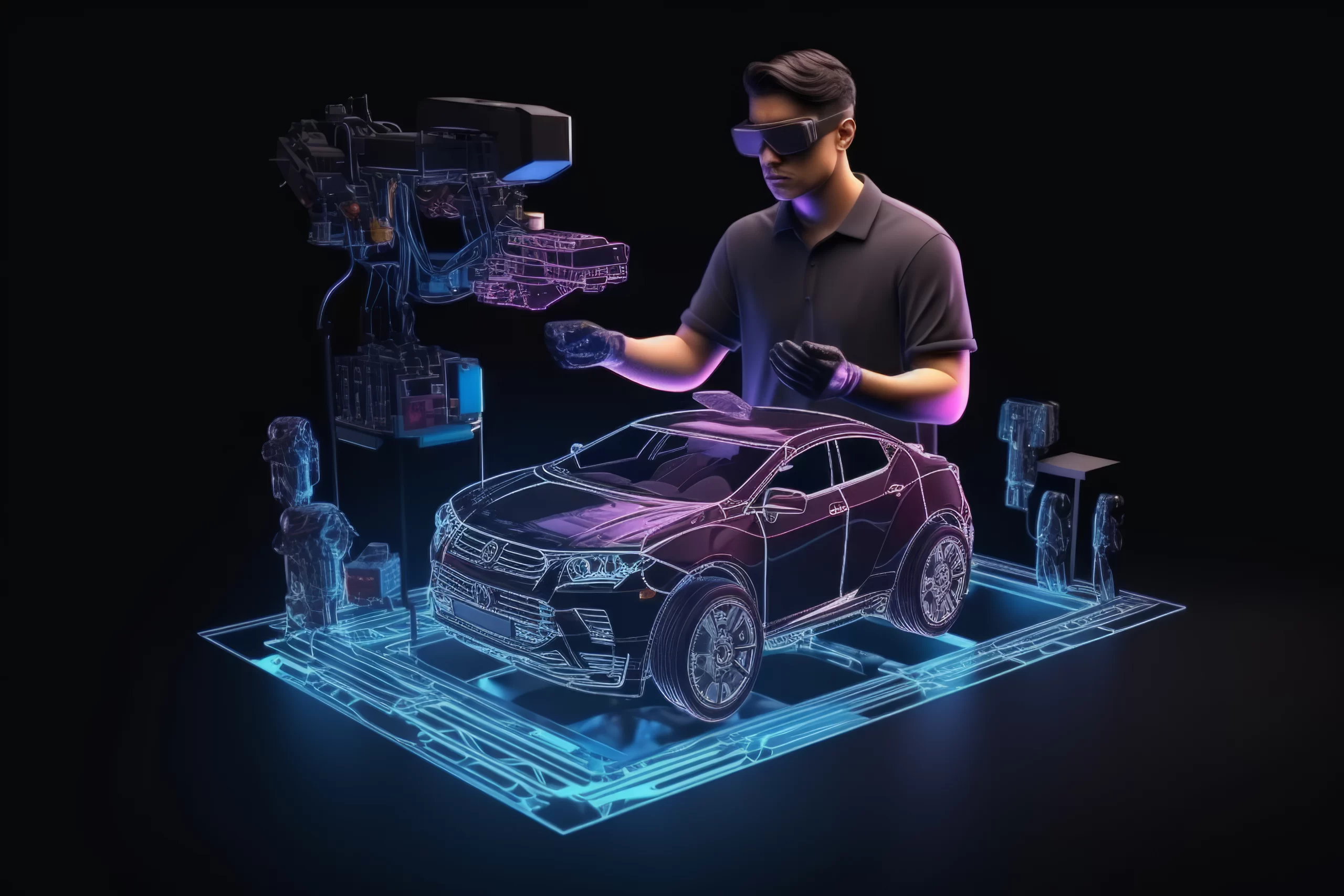Exploring Virtual Reality in the Automobile Industry: A Comprehensive Guide
Introduction
Virtual Reality (VR) is revolutionizing the automotive industry, offering transformative solutions that span from design and prototyping to customer engagement and employee training. The integration of VR in the automotive sector is not just a futuristic concept but a present-day reality driving significant advancements. By leveraging VR technology, automotive companies can create immersive environments that enhance vehicle design processes, streamline training programs, and offer potential customers a unique, interactive experience with their products.
The integration of Virtual Reality (VR) into the automobile industry signifies a transformative shift in how vehicles are designed, marketed, and experienced by consumers. By bridging the gap between digital simulation and physical execution, VR is set to revolutionize the automotive sector, offering unprecedented efficiency and innovation.
The VR Advantage in the Automotive Industry
VR technology allows for immersive experiences that are incredibly useful in the automobile industry. Through virtual environments, customers can explore various aspects of a vehicle, such as the interior design, features, and performance in different scenarios, without ever stepping into a physical showroom. This capability is particularly beneficial for customization, allowing potential buyers to visualize changes in real-time.
Key Applications of VR in Automobiles
- Design and Development: VR is used extensively in the vehicle design process, enabling engineers and designers to prototype new models efficiently. This technology allows for quick iterations, reducing the time and cost associated with traditional prototyping.
- Safety Training and Testing: VR simulations help in testing vehicle safety features under various controlled environments, providing valuable data without the risks associated with physical tests.
- Customer Engagement and Sales: Dealerships are adopting VR to offer potential customers a virtual test drive experience, showcasing the vehicle’s capabilities and features in a dynamic way. This method not only enhances customer engagement but also boosts the sales process by providing a memorable, interactive experience.
- Maintenance Training: VR is an effective tool for training service technicians, offering a hands-on experience without the need for a physical vehicle. This approach improves understanding and efficiency in vehicle maintenance and repair.


Innovating Design with VR
- Conceptualization and Visualization Automobile designers are leveraging VR to bring their ideas to life in three-dimensional spaces. This technology enables the visualization of a vehicle’s design before physical models are ever built, allowing for rapid prototyping and early detection of potential issues. This section discusses how VR helps designers experiment with aesthetics and functionalities seamlessly.
- Enhanced Collaboration and Decision Making VR facilitates a collaborative environment where designers and engineers across global locations can work together in real-time. This subsection explores how VR enables synchronized sessions for modifications and approvals, thus speeding up the design process and reducing the time to market.
Training and Safety Applications
- Simulation-Based Training In the realm of manufacturing and assembly, VR serves as a crucial tool for training employees without the risks of real-world training. Detailed simulations of the assembly line processes and maintenance protocols are provided to enhance understanding and skill.
- Safety Protocols and Emergency Preparedness This subsection will delve into how VR simulations are used to train teams for emergency situations within the manufacturing plants, including equipment malfunctions and safety breaches, ensuring preparedness and reducing potential factory hazards.
Virtual Showrooms and Enhanced Customer Experience
- Interactive Vehicle Showcases Virtual showrooms transform how customers interact with potential purchases. Users can virtually enter a car, exploring its interior and features through a VR headset, providing a tactile experience that rivals real-life test drives.
- Customization and PersonalizationCustomers appreciate a vehicle that reflects their personal style. VR allows for the customization of car models in real-time, offering different color schemes, interiors, and accessory options, which enriches customer satisfaction and engagement.
Marketing and Sales Through VR
- Immersive Advertising Campaigns Marketing teams are crafting immersive, narrative-driven VR experiences that do more than showcase a car’s features; they convey a lifestyle. This section discusses how these campaigns captivate potential buyers, creating emotional connections and driving brand loyalty.
- Global Reach and Accessibility VR technology breaks down geographical barriers, allowing dealerships to reach a global audience without the need for multiple physical locations. This subsection will cover how virtual launches and exhibitions open up new markets and customer bases.
The Future of VR in Automobiles
- Integration with Advanced Driver-Assistance Systems (ADAS) Future developments in VR may integrate with ADAS to provide real-time, augmented reality projections that assist with navigation and road safety. This section speculates on the possibilities of combining VR with vehicle telemetry to enhance driver awareness and safety.
- VR for In-Car Entertainment As autonomous driving technology advances, VR is expected to play a significant role in passenger entertainment. This subsection will explore potential scenarios, such as virtual road trips or entertainment systems that utilize VR to offer varied content.

VR Automobile: Trending Technologies
The world of VR Automobile is constantly evolving, incorporating the latest advancements in VR technology:
- Metaverse Integration: Imagine exploring a virtual world where you can visit car dealerships, test drive vehicles, and even interact with other car enthusiasts, all within a VR environment.
- WebVR: Access VR experiences directly through your web browser, eliminating the need for additional hardware downloads.
- Location-Based VR (LBVR): Imagine visiting a physical showroom and using VR to explore car features in greater detail or even take a virtual test drive on a simulated track.
- VR Haptics: Feel the sensation of gripping the steering wheel, navigating bumps on the road, or experiencing the acceleration of a high-performance car with haptic technology integrated into VR gloves or vests.
- AR/VR Convergence: Combine VR with Augmented Reality (AR) to overlay car information and features onto the real world, adding a layer of interactivity to the car buying experience.
Beyond Showrooms: VR Automobile Applications
The capabilities of VR Automobile extend beyond virtual showrooms and test drives. Here’s how VR is transforming other aspects of the automotive industry:
- VR Training & Education: Equip technicians with immersive VR simulations to practice complex repairs and maintenance procedures in a safe environment.
- VR Design & Prototyping: Car designers can iterate and test car designs in a virtual space before committing to physical prototypes.
- VR Marketing & Advertising: Create engaging VR experiences that showcase the power and beauty of your latest car models through immersive 360° videos and interactive campaigns.
- VR Safety Simulations: Develop VR simulations to train drivers on safe driving practices and accident avoidance measures.
SMACAR: Your Partner in VR Automobile
At SMACAR, a leading VR app development company in New Jersey, we understand the transformative power of VR Automobile. We offer a comprehensive suite of VR development services specifically tailored to the automotive industry. We can help you create:
- Interactive VR Showrooms: Design stunning VR showrooms that showcase your cars in all their glory.
- Immersive VR Test Drives: Develop virtual test drives that allow customers to experience your cars on a variety of landscapes.
- VR Training Simulations: Train your staff in a safe and engaging VR environment.
- 360° Car Videos: Create high-quality 360° videos
Conclusion
The ongoing evolution of VR technology holds remarkable potential to further impact the automobile industry positively. From enhancing design processes to transforming customer interactions and broadening marketing strategies, VR stands as a pillar of modern automotive innovation. As it continues to develop, its role in shaping the future of automotive technology is undeniable, promising a smarter, safer, and more engaging automotive environment.

